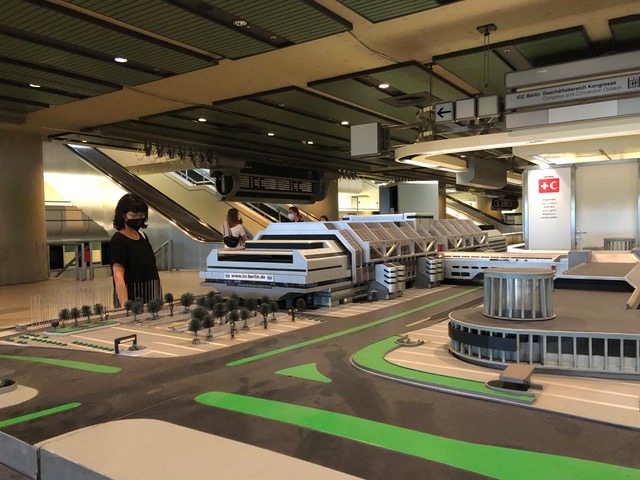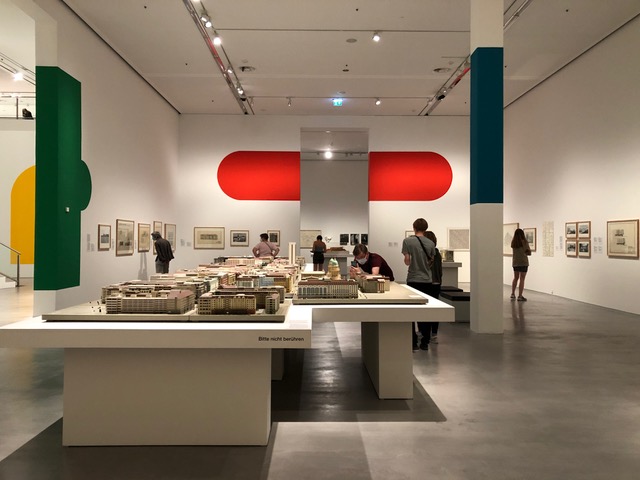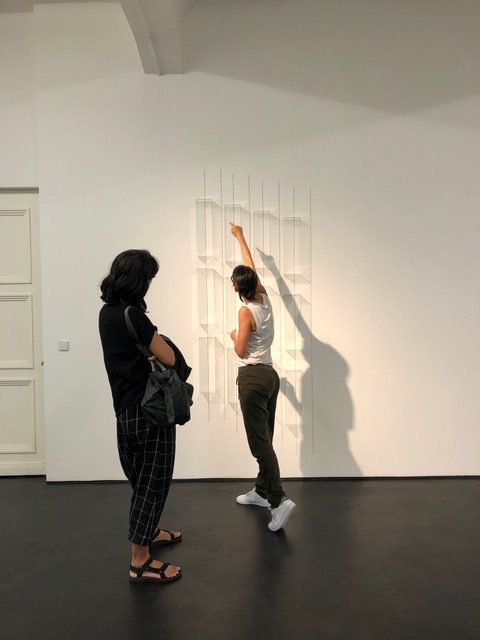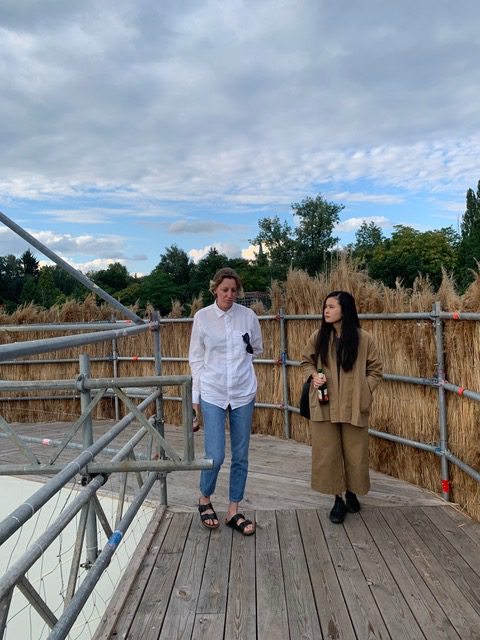Architecture as Cultural Exchange
A curatorial exchange with Jia Gu, Aurora Tang (MAK Center, CLUI – Los Angeles, U.S.) and Rosario Talevi, Gilly Karjevsky (Floating University – Berlin, Germany)
Architecture as Cultural Exchange brings together an international group of early to mid-career arts organizers and curators together in intercultural dialogue, in order to promote and support professional and institutional exchange, development, and expertise between Los Angeles and Berlin-based curators working at the intersection of art and architecture. Architecture as Cultural Exchange builds on the long-standing relationship between Los Angeles and Berlin, which are sister cities, and notes the history of mutual exchange between German emigrés in Southern California and Los Angeles practitioners in Berlin, with both communities serving as influencers of art and culture.
The exchange allows an international group of curators to engage with the contemporary state of both cities serves as important sites for on-the-ground research. The focus of the exchange centers on the ways by which art, architecture, and design professionals are interpreting some of the most critical issues of our time: housing, migration, and climate change. Los Angeles and Berlin, twin cities in their cultivation of creative responses and innovative directions, offer a wealth of research for architecture and urbanism curators, whose interest is in understanding the shape of practice and communicating that to a larger global audience and in developing a transnational network.
The Architecture as Cultural Exchange research trip provided the valuable opportunity to engage in critical conversations around contemporary art and architecture institutions, pedagogy, and practices -amidst intensifying environmental, social, and political conditions, locally and globally. In Berlin during a week long of encounters the four curators connected with architects, artists, curators, and other cultural producers and organizations, including Floating University, Raumlabor, HKW, and Berliner Festspiele. We met with artists for exhibition walk throughs and studio visits, and even was given a special guided tour of the hinterlands of Berlin, led by artist Moritz Fehr. Other cultural sites visited, such as the Schwerbelastungskörper, the International Congress Centrum Berlin, Interbau 1957 sites, Berlinische Galerie, Hamburger Bahnhof, Humboldt Forum, KW Institute, Stoschek Foundation, Schinkel Pavilion, and the Museum of Things, further reflected the wide range of curatorial approaches, interests, and modes of display.
The second part of the exchange is scheduled for March 24-31 in Los Angeles due to COVID-19 related postponements. Sites in the LA programme include a meeting with Deborah Weintraub, Deputy City Engineer for the City of Los Angeles, a visit to Los Angeles Forum for Architecture and Urban Design, a visit to MAK Center, NAVEL and the Center for Land Use Interpretation (CLUI). A site visit to Isamiu Noguchi design park, Watt Towers and Sci-Arc University.







